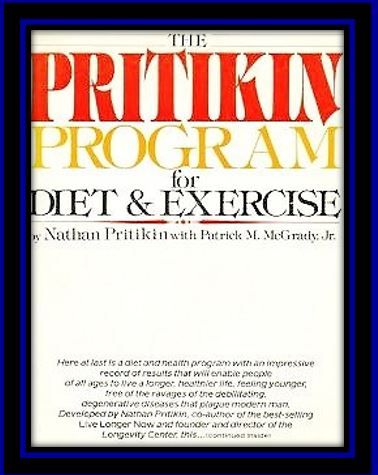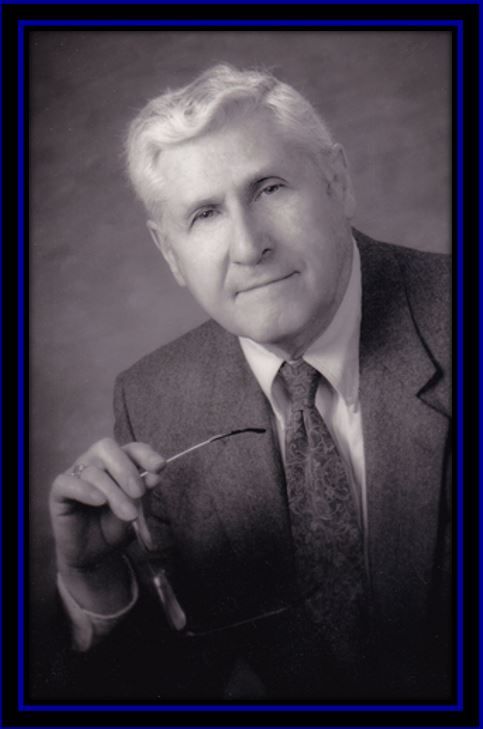Preventive Cardiology after Framingham: Nathan D. Wong, PhD, MPH, Details the Evolution
Nathan D Wong, PhD, MPH, renowned in the field of preventive cardiology, reviewed for Patient Care the history of the field and his own pivotal contributions and also paid tribute to his lifetime mentors.
CLINICAL FOCUS: PREVENTIVE CARDIOLOGY

Nathan D. Wong, PhD, MPH, says his interest in the area of preventive cardiology dates back to his high school days in 1979 when he learned about the Pritikin low-fat diet and exercise regimen, then at the height of popularity. Pritikin believed strongly back then that the combination of sensible eating and increased activity could help prevent cardiovascular and other diseases.
The study and the science of preventive cardiology were evolving quickly at that time, Dr Wong explained during an interview with Patient Care Online. The first paper based on the Framingham Heart Study was published in 1961 and with that the concept of "risk factors" was introduced into the literature.
Dr Wong is professor and director of the Heart Disease Prevention Program in the Division of Cardiology at the University of California, Irvine; he is past president of the American Society for Preventive Cardiology and currently is president of the Interamerican Heart Foundation. He has been involved with the research behind several prominent advances in cardiovascular risk assessment and prevention including the Framingham Heart Study and other landmark studies including the Multi-Ethnic Study of Atherosclerosis (MESA), the Coronary Artery Risk Development in Young Adults (CARDIA) study, and the Women's Health Initiative.
He was eminently qualified to deliver his Joseph Stokes III, MD Award Lecture Evolution of Preventive Cardiology - Framingham and Beyond - at the 2021 virtual American Society of Preventive Cardiology's summit, June 23-25, 2021.
Dr Wong shares highlights of the presentation in the interview that follows.

This transcript has been lightly edited for length.
Patient Care Online. It is always interesting to learn how an expert’s interest in a particular field of medicine was piqued – and you have been deeply involved in preventive cardiology and advancement of its science for your entire career.
Before we talk about evolution of the specialty, let’s talk about your evolution in the specialty. Where did it all begin for you?
Nathan D. Wong, PhD, MPH. Well, believe it or not, my first interest in the field goes back to 1979 9 when I learned about Nathan Pritikin and his low-fat diet and exercise regimen and how he felt it could help prevent cardiovascular and other diseases and how your cholesterol should be 100 plus your age. Then I did my college thesis work on the LDL receptor work of Goldstein and Brown and its relationship to cardiovascular disease, and as we know the management of LDL-cholesterol remains a factor we address in preventive cardiology today now 40 years later.

PCO. Now to Framingham and beyond. I believe the Framingham Risk Score for coronary artery disease was first published in 1998. Is that where your story of preventive cardiology’s evolution begins or is it earlier than that?
Wong. Well interestingly we can date some of the first studies that led to preventive cardiology to a Dutch internist Dr Cornelis de Langen going back to 1918, more than 100 years ago, where he studied the relationship of different diets to cholesterol levels in Indonesian natives.

But Framingham is often credited as being the first large-scale study to examine and identify the key risk factors for cardiovascular disease, with a seminal paper from 1961 by former Framingham Director, Dr William B Kannel first identifying how key risk factors such as hypertension and high cholesterol were related to risk of coronary heart disease.
Later that decade some of the first multivariable risk functions were developed by him and his colleagues from Framingham and in 1976 Dr Kannel first discussed the importance of these risk functions to identify those at highest risk and needing preventive treatment.

Dr. Wilson’s 1998 Framingham Risk Score for coronary heart disease you have mentioned became the most widely used of the scores developed when it was incorporated into the third National Cholesterol Education Program guidelines in 2001 to identify what LDL-C goals should be used for particular patients depending on their estimated 10-year risk of coronary heart disease.
PCO. You have been involved from the inception with key epidemiologic studies including the Multi-Ethnic Study of Atherosclerosis (MESA), the Coronary Artery Risk Development in Young Adults (CARDIA) study, and the Women's Health Initiative (WHI). Do you see these studies continuing to contribute to the refinement of ASCVD risk estimation tools over time?
Wong. I was fortunate to be involved in MESA since the beginning in 2000, having helped develop the CT reading center for looking at coronary calcification; with CARDIA since 1990 helping to develop the echocardiography reading center; and with helping to write the application for the Women’s Health Initiative at UC Irvine in the early 1990s where I served as a co-principal investigator.
These studies continue to follow their participants and will continue to be productive in their findings and publications for decades to come, thanks to the many young trainees and their mentors from around the country and beyond that make new discoveries in the field from these and other studies all the time.

PCO. Who is the rock star of preventive cardiology for you – or the rock stars – and why?
Wong. Well typically 2 key names come to my mind. You can probably guess that Dr William B Kannel, former director of Framingham, who I know well from working with him during my PhD work with Framingham in the 1980s and who coined the term “risk factors” is among my favorites. He was responsible for many first discoveries of risk factors and their relation to cardiovascular disease, and I long remember how well he communicated what this meant for the patient.
Dr. Jeremiah Stamler, now at age 101, is the oldest living legend in the field, still doing his research with Northwestern University. He taught many of us in my generation about the importance of lifestyle and other risk factors for cardiovascular disease. When I was ASPC president 10 years ago, I had the honor of giving my mentor Dr Kannel the Joseph Stokes Award just months before he passed away, and the following year I gave Dr Stamler the award.
PCO. If you have just traced the history of preventive cardiology for a room full of IMs, FPs, GPs, DOs—are there 3 things you want them to remember or to apply in clinical practice – or even to commit to thinking about more deeply?
Wong. Well, what comes to mind are the following:
1. The healthcare provider has an all-important responsibility to educate the patient about their risks and how to reduce them, whether we are talking about cardiovascular disease or other diseases. Lifestyle management remains the foundation for preventing heart and other diseases, but seldom to patients have the adequate resources at hand – we need to better integrate dietitians and other lifestyle experts into clinical care.
2. Next, we have to help patients understand that cardiovascular and many other diseases are multifactorial and the strategies for preventing them are multifactorial. For instance, diabetes is more than a blood sugar issue and we can largely reduce the risks of cardiovascular complications by paying close attention to controlling lipids and blood pressure.
3. Finally, we have to discuss more clearly what we call the net clinical benefit of different therapies that are evidence based to prevent disease despite their small risks for side effects and complications. I think the best example of this are statin therapies, for which there remains widespread suspicion and concern among the public about their risks, despite their clearly proven benefits for cardiovascular risk reduction.
PCO: Would you comment briefly on this 2010 quote from Dr Kannel?
“I think Framingham has served as a model for many other longitudinal cohort studies and was the first that included women. I think the study created a worldwide transformation of preventative medicine and changed the way in which the medical profession and the general population perceived the genesis of disease.”
Wong. Well, I could not agree more. And I'm forever grateful to my mentor, Dr Kannel, as well as to the hundreds, if not thousands, of investigators that have worked with the Framingham Heart Study, as well as the many other prospective studies that were to follow, and how they have really helped inform us about and inspire the field of knowledge.
Am J Public Health.
2005;95:602-610.
